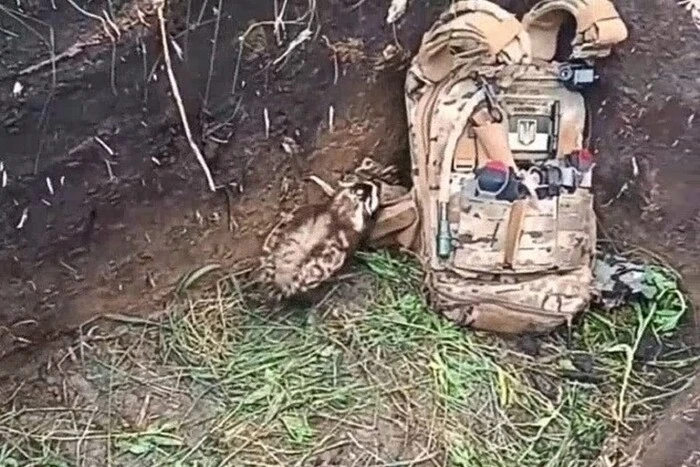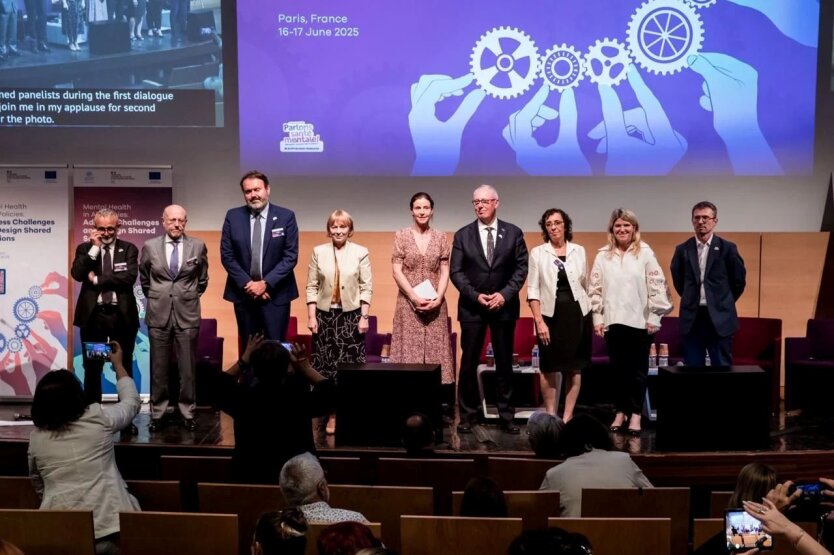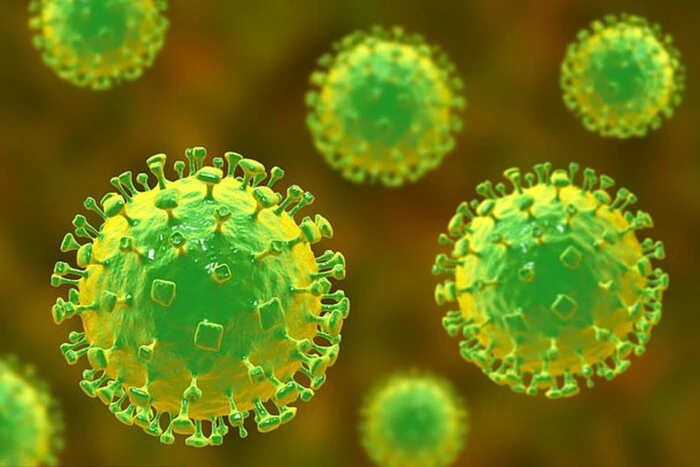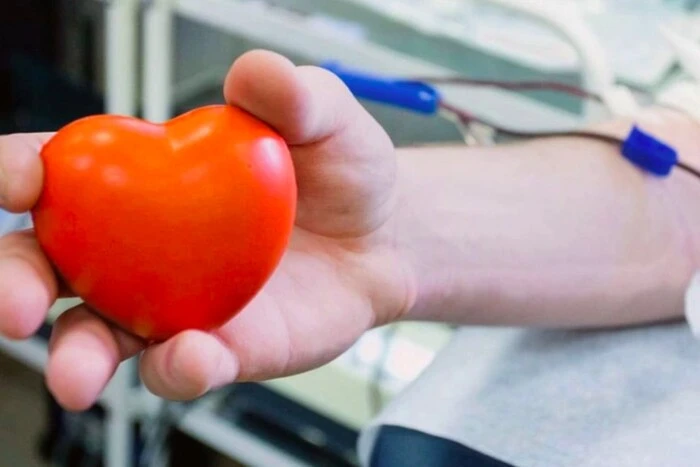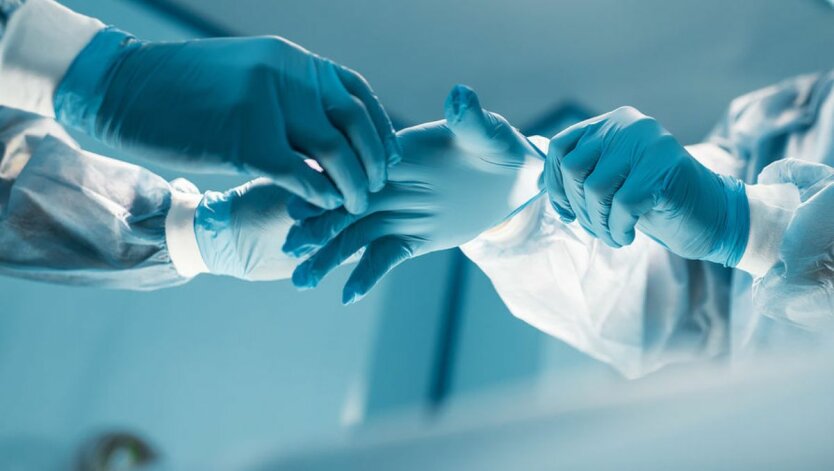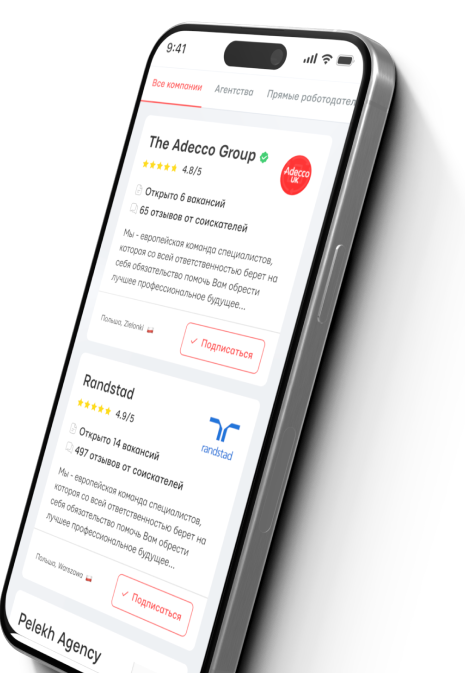First, frost hits the hands, feet, nose, and ears: when death from cold occurs.


For the body, the cold period becomes a real challenge.
Our body uses receptors to measure temperature. If it drops, the body tries to activate the metabolism to maintain balance. Metabolism warms the body. In this process, blood circulation plays an important role. Since the blood vessels constrict from the cold, an insufficient amount of blood begins to move through them, writes "Deutsche Welle".
This process makes the cells of various body tissues brittle and causes pain. First, the cold affects the fingers of the hands and feet, the nose, and the ears, and if the body temperature continues to drop, then changes affect the heart, lungs, brain, and they begin to work limitedly.
If the body temperature drops by two degrees, hypothermia occurs. Then the body starts working even harder to protect itself, so muscle tone increases, and this causes trembling in the body.
Subscribe to our news telegram channel -
When the body temperature drops to 32 degrees, the trembling stops, and this is bad. This means that there is simply no energy left in the body - it is not enough even to shiver. Under these conditions, the brain and nerve endings no longer transmit signals, and the person begins to feel numbness in their hands and feet. At this stage, the pain disappears, but the person is no longer able to move and speak.
When the body temperature drops below 29.5 degrees, the brain stops working. A person in this condition loses consciousness. Instead of 60 heartbeats, it will reduce to 1-2 beats per minute. The blood is no longer pumped through the body fast enough, which in most cases causes death from the cold.
Cold and its consequences
Cold can be very insidious, and hypothermia is one of the biggest risks (along with limb fractures) that winter brings. Hypothermia can be local (frostbite) or general (freezing).
Local or localized frostbite develops in several stages. The first stage is a feeling of numbness, tingling, burning. The affected skin is pale, after warming up it swells, reddens, or turns purple. Such damage usually fully recovers in a few days without any consequences. The second stage is the appearance of blisters with clear fluid.
Read also
- What to see in Bukovel: winter, summer and autumn
- What to see in Iceland: in winter, in summer, on a tour
- What is p2p and pay2pay transfer
- Best Adult Films: TOP 5 Films

